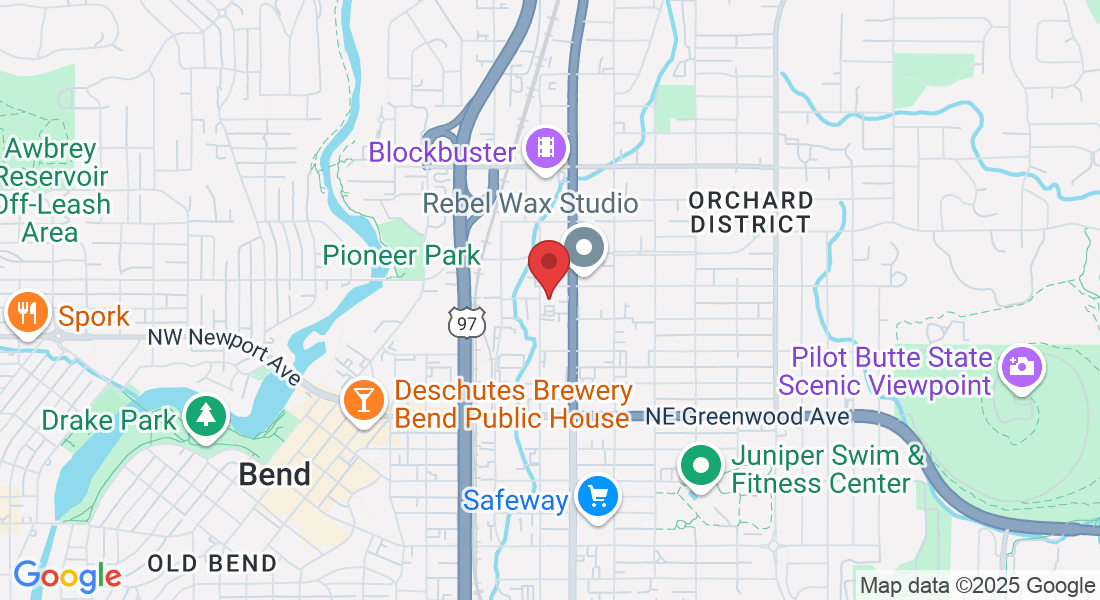Shoulder Pain Relief
Rediscover Life Without Shoulder Pain
Renowned as a marvel of human anatomy, the shoulder joint offers unparalleled mobility and flexibility, enabling us to perform a myriad of tasks, from reaching out for a book on the top shelf to throwing the perfect spiral with a football. Yet, this exceptional range of motion comes at a price. Over time, instability or impingement of the soft tissues or bony structures in your shoulder may cause discomfort and pain. This pain might be transient or persisting, may manifest only when you move, or may be a constant presence, prompting the need for professional intervention.
We're pleased to share that minor shoulder pain frequently shows a promising response to strategies such as physical therapy, the use of shoulder supports, upholding a healthy lifestyle, all of which can bring about substantial relief. Here at PhysioFit, we comprehend that each person's journey to a pain-free life is distinct. We're dedicated to delivering personalized, science-backed treatments with a fitness-centric approach to effectively ease your shoulder discomfort, helping you return to your everyday activities.
What You Should Know
The human body's most versatile joint, the shoulder, owes its expansive motion range to a quartet of muscles and their corresponding tendons, collectively known as the rotator cuff.
Intriguingly, shoulder pain may sometimes be a symptom of an issue originating from another part of the body, such as the neck or lungs. This phenomenon, known as referred pain, typically presents as a persistent ache that doesn't worsen with shoulder movement.
Shoulder discomfort or pain can result from inflammation, injury, or bone alterations surrounding the rotator cuff.
A proper diagnosis of a shoulder problem involves a thorough evaluation from a professional

Understanding the Common Causes of Shoulder Pain
The shoulder is a complex joint, and it's susceptible to a variety of injuries and conditions. Here are some of the most common causes of shoulder pain:
Dislocation: This happens when the top of your arm is pulled back excessively or rotated too far, causing it to pop out of its socket. Symptoms include pain, weakness, swelling, numbness, and bruising in the shoulder.
Separation: This injury affects the acromioclavicular (AC) joint, where the collarbone and shoulder blade meet. A hard blow or fall can tear the ligaments, leading to a visible bump on top of your shoulder due to a displaced collarbone.
Fracture: A fall or severe blow can result in a broken or cracked bone. The clavicle (collarbone) and humerus (upper arm bone) are most prone to fractures, leading to intense pain, bruising, and restricted movement.
Cartilage Tear: Repeated motion, a fall, or a significant force can damage the cartilage that cushions your shoulder joint. Symptoms include pain during overhead reach, shoulder weakness, and a sensation of catching, locking, or grinding.
Rotator Cuff Tear: The group of muscles and tendons comprising your rotator cuff secure your arm in place and enable overhead lifting. Overuse, falls, or natural aging can cause damage, leading to pain (particularly at night), reduced lifting ability, and a crackling sound during movement.
Frozen Shoulder: Characterized by restricted joint movement, this condition is caused by the build-up of abnormal tissue bands (adhesions) within the joint, often following pain or surgery-induced disuse.
Impingement: This occurs when the tendons of the rotator cuff are pinched between the shoulder bones, causing pain and swelling, particularly in individuals who frequently lift their arms overhead.
Bursitis: Overuse, repetitive motions, or an injury can inflame the bursa (a fluid-filled sac that cushions the joint), leading to pain, especially during shoulder movement.
Apart from these, other potential causes of shoulder pain include: Osteoarthritis, Rheumatoid arthritis, Heart attack, Bone Spurs, Referred pain, and Tendinitis.
Remember, if you resonate with any of the symptoms or conditions mentioned, we highly recommend making an appointment with us for a thorough evaluation and personalized treatment plan.
Preventive Measures for Shoulder Pain
The bright side of shoulder issues is that they can often be resolved without resorting to surgery. However, prevention is always better than cure, and here are some ways you can safeguard your shoulders.
Heed Your Body's Signals: Do not dismiss shoulder discomfort that follows any activity. If the pain is intense and persistent, consult your doctor. Remember, enduring unnecessary pain might only exacerbate the situation.
Maintain Overall Health: Stay in prime physical condition with regular exercise and a balanced diet. It's not just a ticket to overall wellness, but it also helps in warding off potential injuries.
Adopt Correct Exercise Habits: Ensure a proper warm-up before your workouts. Gradually ease into a sport or activity if you've been inactive for a while. Learn and adhere to the correct techniques of weight lifting, and avoid lifting beyond your capacity.
Stay Safe at Work: Be conscious of your shoulder health in your work environment -
Prioritize good posture, whether you're sitting or standing.
Follow safe lifting practices. Maintain a straight back and leverage your leg strength.
Every hour, take a few minutes to move around and stretch.
If your job involves a desk, ensure your workstation is ergonomically set up for comfortable computer use.
Avoid Overreaching: When you need to access high places, use a step stool. Arrange frequently used items within easy reach, in lower drawers or shelves.
Remember, caring for your shoulder health can keep you active and pain-free in the long run.
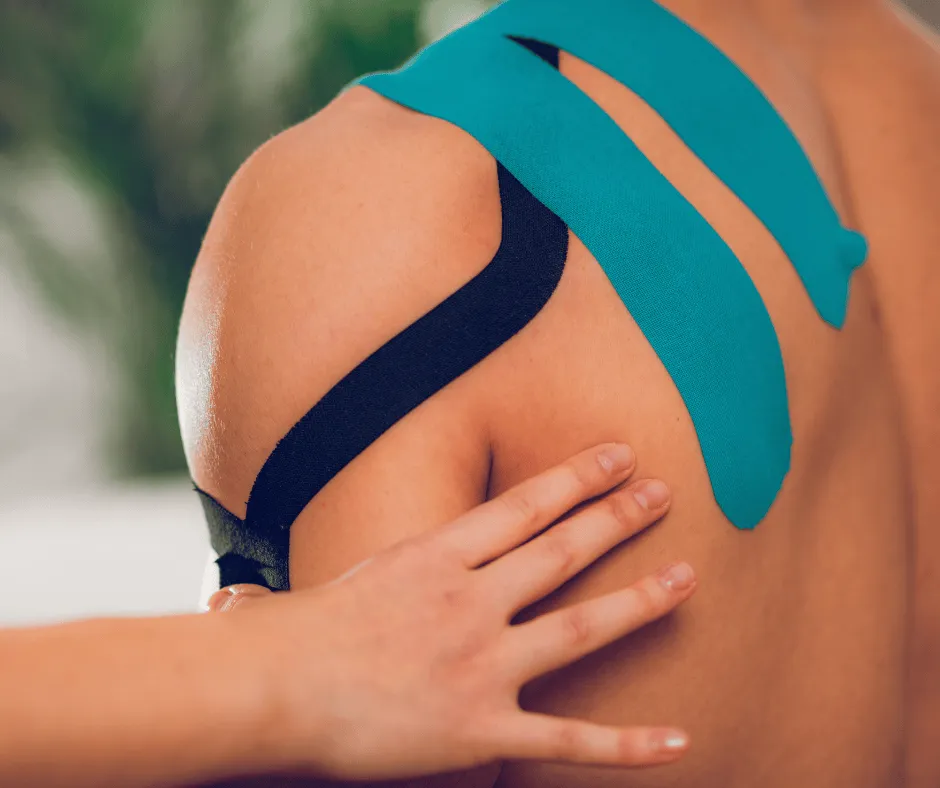
Common Symptoms of Shoulder Pain
Heat or a reddened appearance in your shoulder
Restricted arm mobility
Stiffness and reduced strength in your muscles
A sensation of clicking, popping, or grinding during arm movements
Discomfort in your neck, arm, or back
Remember, if you resonate with any of the symptoms or conditions mentioned, we highly recommend making an appointment with us for a thorough evaluation and personalized treatment plan.
Please Note: The information provided on our website is intended for general education and is not a substitute for professional medical advice. Each individual's situation and body is different. Therefore, what may work for one person may not work for another. We care about your well-being and advise you to reach out to us to discuss your specific needs before implementing any advice from our website.
Your Source for All Things Physical Therapy in Bend Oregon
The PhysioBlog
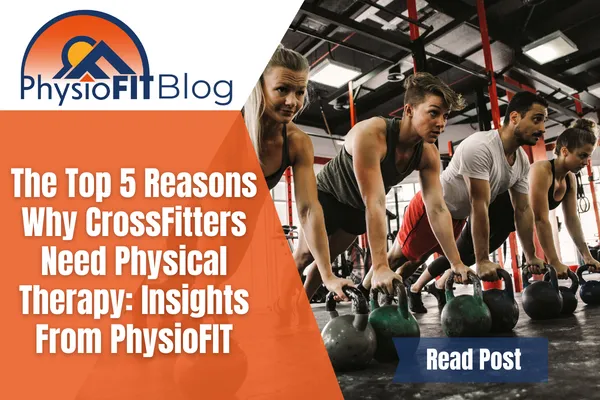
The Top 5 Reasons Why CrossFitters Need Physical Therapy: Insights From PhysioFIT
PhysioFIT's Perspective: The Essential Role of Physiotherapy for CrossFitters
Please Note: The information provided on our website is intended for general education and is not a substitute for professional medical advice. Each individual's situation and body are different. Therefore, what may work for one person may not work for another. We care about your well-being and advise you to reach out to us to discuss your specific needs before implementing any advice from our website.
Introduction
CrossFit is a high-intensity fitness regimen that has gained popularity worldwide. It incorporates elements from various disciplines, including weightlifting, gymnastics, strongman, and the list goes on. While it's an excellent way to build strength, endurance, and agility, the physical demands of CrossFit , like with any physical activity, can also lead to injuries if not properly managed. This is where physical therapy comes into play. At PhysioFIT, we believe in the importance of physical therapy care in maintaining fitness and preventing injuries, especially for CrossFitters.
The Physical Demands of CrossFit
CrossFit workouts, known as WODs (Workouts of the Day), often involve complex movements that require strength, flexibility, and coordination. These can include everything from Olympic lifts to high skill gymnastic movements. These workouts are intense and often time dosed inappropriately at your local box. According to a study published in the Orthopaedic Journal of Sports Medicine, nearly 20% of CrossFit participants reported experiencing an injury over a 12-month period. While this is often lower than many popular sports in the U.S it remains something we should be paying attention to.
The Role of Physical Therapy in CrossFit
Physical therapy can play a crucial role in helping CrossFitters optimize their performance and prevent any type of fitness or sports-related injuries. AtPhysioFIT, we take a proactive approach to physical therapy. Instead of waiting for an injury to occur, we work with athletes to strengthen their bodies, improve their mobility, and correct any imbalances or poor movement patterns that could lead to injury. This approach, often referred to as preventive physical therapy, can help CrossFitters stay healthy and perform at their best. We believe we are best positioned to help you because we are one of you! We intimately understand not just the intensity of the program but the culture, methodology, and movements involved.
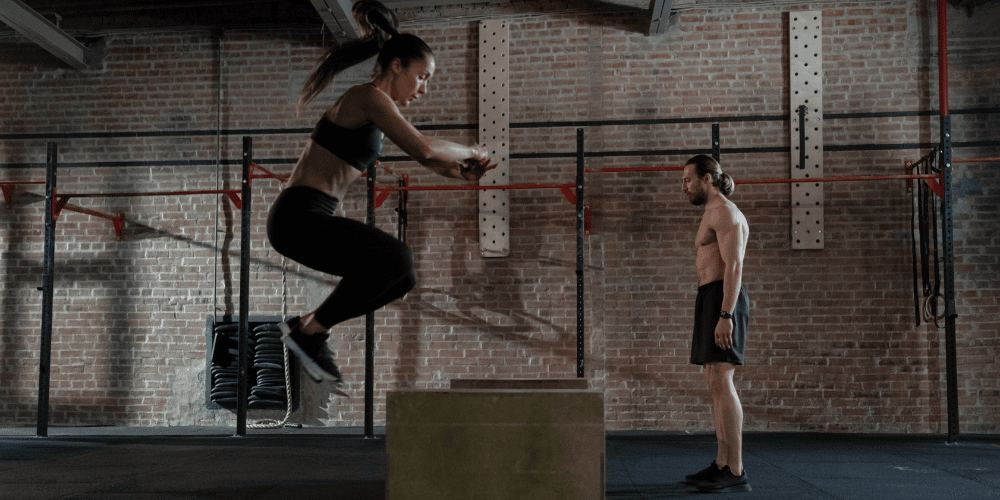
Why CrossFitters Shouldn’t Wait Until They Can’t Workout to See a Physical Therapist
Many athletes, including CrossFitters in Central Oregon, make the mistake of waiting until they're in pain or can't workout before seeking help. However, by the time pain sets in, an injury has often already occurred. Early intervention with physical therapy can help identify potential issues before they become serious problems. Remember, no movement done properly should induce joint pain regularly. If the front of your shoulder hurts every time you do toes to bar or the base of your neck is sore after handstand push ups this is your body telling you something is not moving the way it should. Just because it happens frequently doesn't mean it’s normal.
At PhysioFIT, we believe in catching and addressing these issues early. Our team of physical therapy specialists can assess your movement patterns, identify any areas of weakness or imbalance, and provide you with a personalized treatment plan to address these issues. This proactive approach can help you maintain your fitness, prevent injuries, and keep doing the workouts you love.
The Top 5 Reasons Why CrossFitters Need Physical Therapy in Bend Oregon
Reason 1: Injury Prevention
CrossFit is a high-intensity workout regimen that pushes your body to its limits. While this can lead to impressive fitness results, it can also increase the risk of injuries.
This is where physical therapy comes in. At PhysioFIT, our physical therapists can help CrossFitters understand their bodies better and prevent injuries. We do this by teaching proper form, identifying and addressing movement imbalances, and creating personalized training programs that consider each individual's unique physical capabilities and limitations.
Reason 2: Performance Optimization
Physical therapy isn't just about injury prevention and recovery. It's also about optimizing performance. At PhysioFIT, we understand that every CrossFitter has performance goals, whether it's lifting heavier weights, completing workouts faster, or simply being able to train consistently without pain.
Our physical therapists can help you reach these goals. We do this by enhancing movement efficiency, reducing energy waste, and improving strength and flexibility. With our help, you can push your limits in a safe and effective manner.
Reason 3: Mobility Improvement
Mobility, or the ability to move and control your joints through their full range of motion, is crucial in CrossFit. It allows you to perform exercises correctly, reduces the risk of injuries, and contributes to overall performance.
At PhysioFIT, we offer mobility training as part of our physical therapy services. We teach exercises that improve flexibility, balance, and body control, and we provide hands-on treatment to address any mobility issues you may have.
Reason 4: Recovery Acceleration
CrossFit workouts can be tough on your body. That's why recovery is an essential part of every CrossFitter's routine. Proper recovery reduces muscle soreness, prevents overuse injuries, and ensures that you're ready for your next workout. Remember, recovery is more than a cold plunge.
Physical therapy can speed up recovery. At PhysioFIT, we use techniques like massage, stretching, and targeted exercises to help your body recover from intense workouts. We can also provide limited advice on nutrition, sleep, and other lifestyle factors that affect recovery. In Crossfit, we find training load (often in the form of volume) is the biggest culprit for adverse events that keep you out of the gym. We are always happy to talk with you and help you nail down what training load is appropriate for you and help you increase that capacity (should that be your goal).
Reason 5: Technique Refinement
Proper technique is crucial in CrossFit. It ensures that you're getting the most out of each exercise and reduces the risk of injuries. However, with the wide variety of exercises in CrossFit, it can be challenging to master the technique for each one.
This is another area where our physical therapists can help. At PhysioFIT, our physical therapists are experts in movement analysis. We can observe how you perform different exercises, identify any issues with your technique, and provide feedback and instruction to help you improve. Again, we didn't just learn about these movements in books. We’ve spent years refining our own technique not only because we love it but because we believe to help you we need to truly understand the demands your body is under first hand.
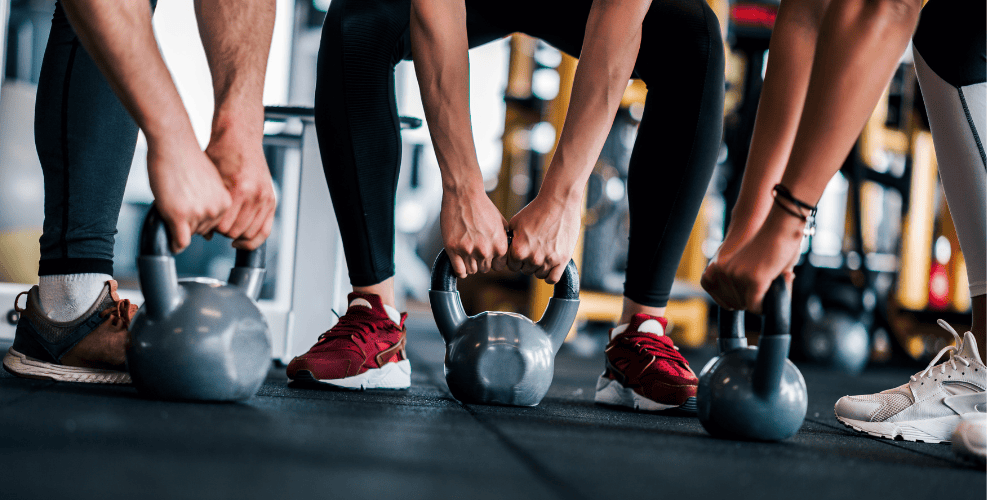
FAQs
What is CrossFit?
By definition CrossFit is high-intensity functional movements executed at high intensity. It mixes almost every training modality to help build the most resilient you possible. It aims to build a body that is prepared for anything life will throw at it.
What CrossFit isn't?
Crossfit is not inherently more risky than other forms of exercise or sport.
Crossfit is constantly varied… not random.
Why might CrossFitters need physical therapy?
CrossFitters may need physical therapy due to the high-intensity and often high volume training seen in many Crossfit boxes, which when not managed appropriately, can lead to injuries. Physical therapy can help in injury prevention, recovery, and improving performance.
What are some common injuries in CrossFit?
Injuries we tend to see in crossfitters are shoulder, knee, and lower back injuries.
What is PhysioFIT?
PhysioFIT is a physical therapy clinic that offers a range of services, including manual therapy, injury prevention, rehabilitation, and performance enhancement, tailored to the needs of each individual. Call and schedule an appointment with us today!
Conclusion
Physical therapy should play a crucial role in the world of CrossFit. It not only aids in the recovery from injuries but also helps in preventing them. By improving mobility, strength, and overall fitness, physical therapy can significantly enhance a CrossFitter's performance.
Moreover, with the high-intensity and high-volume nature of CrossFit, the risk of injury is always present. Therefore, incorporating physical therapy into a CrossFitter's routine is not just a smart choice, but should be a necessary one.
At PhysioFIT, we understand the unique needs and challenges of CrossFitters. Our team of experienced physical therapists is dedicated to helping you stay fit, healthy, and injury-free. So why wait? Make physical therapy a part of your fitness regimen today. Your body will thank you.
Please Note: It's important to note that any exercises that are shared should be performed under the guidance of a qualified physical therapist in bend to ensure correct technique and to prevent injuries. A physical therapist can provide a customized exercise program based on the individual's fitness level, goals, and any existing injuries or conditions. If you’d like to explore this more or would like to schedule a time with a physical therapist, contact us atPhysioFITBend.com
Copyright PhysioFIT 2025 . All rights reserved


